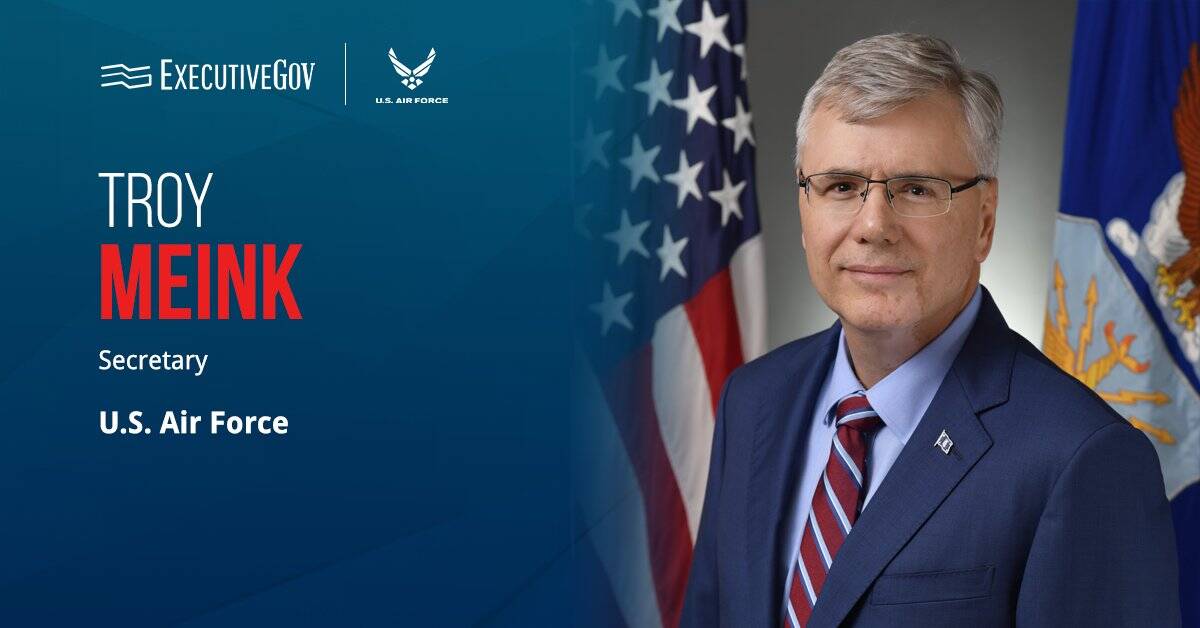
The Defense Innovation Unit wants to urge the importance of continuing national security support work amid the COVID-19 outbreak, Space News reported Wednesday.
DIU wants local authorities to support ongoing activities of contractors and subcontractors in support of space technology development, one of the unit’s focus areas.
The organization has sent contractors letters on the importance of the latter’s work to the Department of Defense in support of national security.
The letters also include advice on the observance of public safety measures to help with the prevention of further spread.





